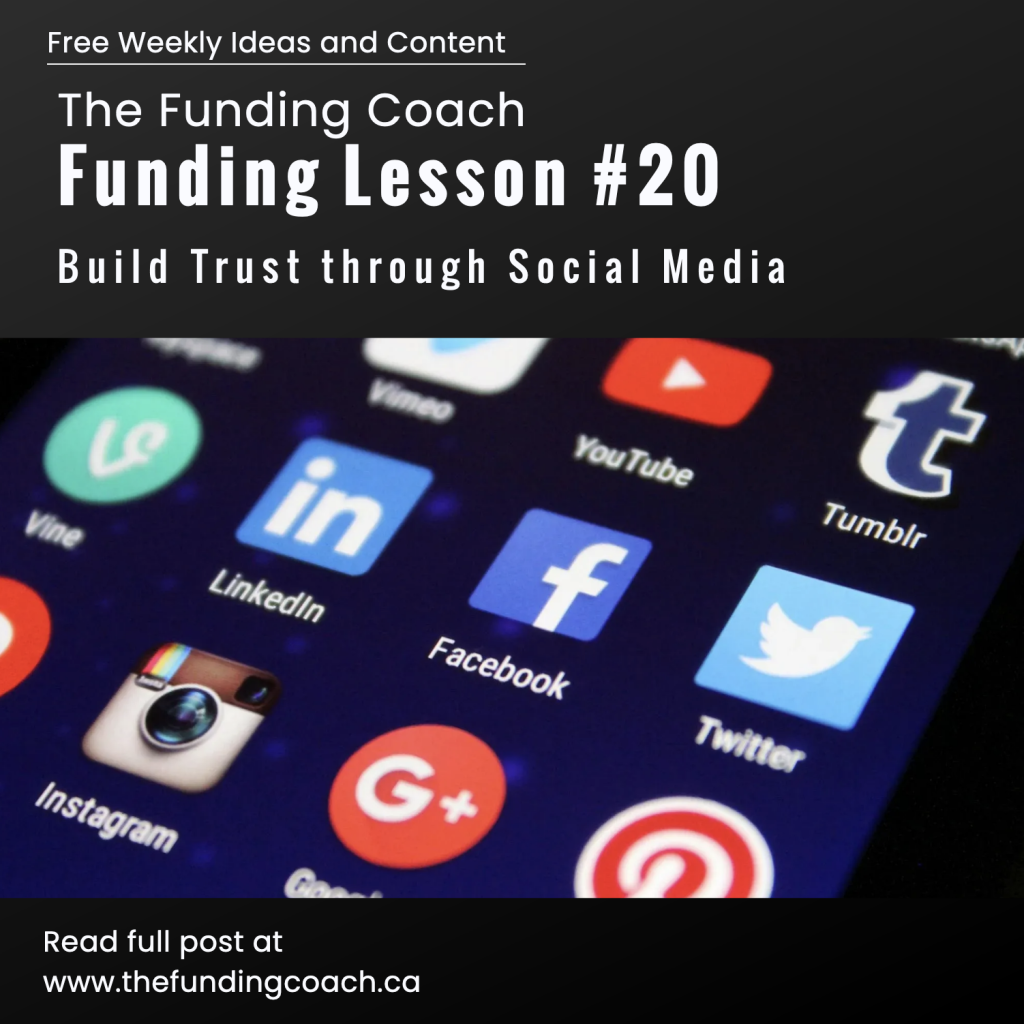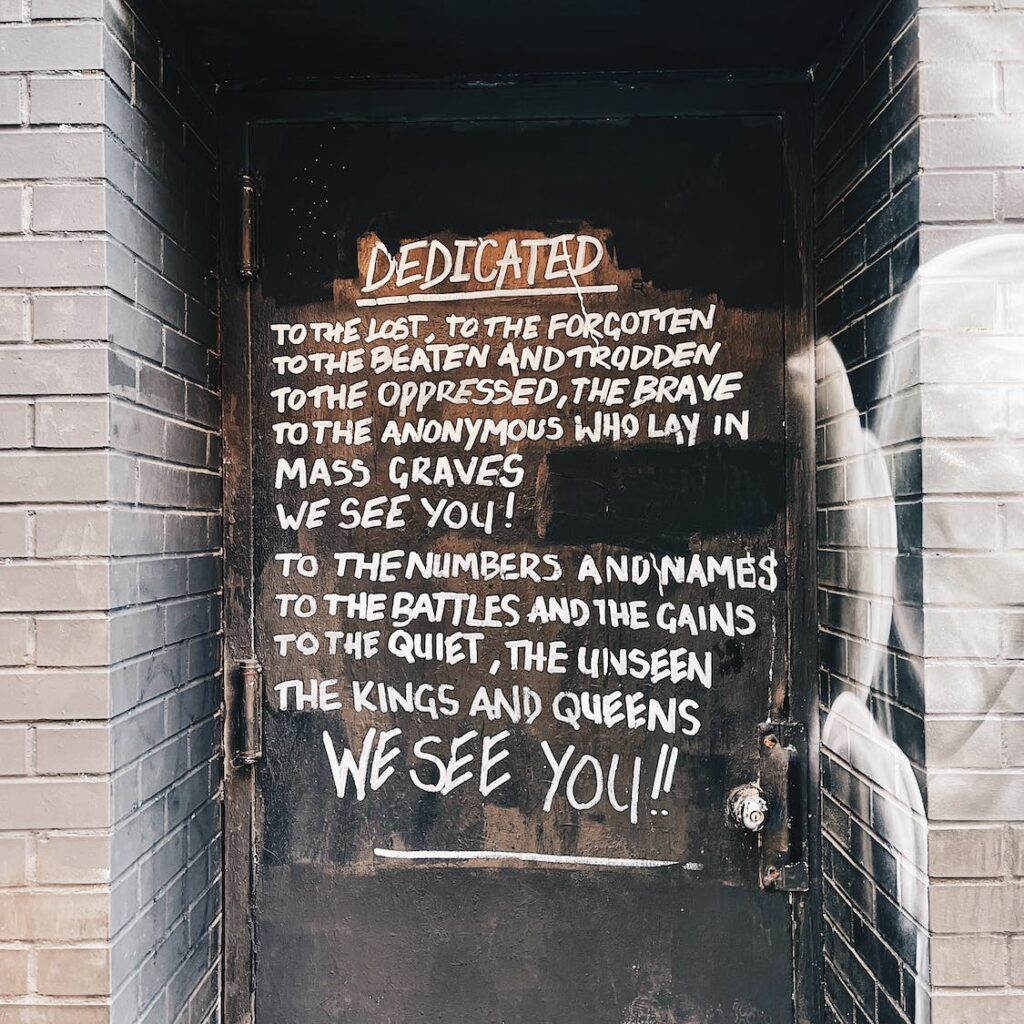
Have you ever wondered why some organizations seem to receive a higher amount of grants, donations, and large-scale gifts, while others struggle? There are several factors that can lead to this, such as the right team members, a clear vision, and just hard work.
One very important, and less understood, factor, however, is that some organizations have learned to leverage funds to get more funds. This is just a short group of ideas on learning funds to get more funds.
Here is one example. Most municipal, provincial, or federal grants, plus many foundations, will only fund 40-50% of a project. Some organizations never apply for certain funding because they don’t believe they will be able to cover the rest.
However, this is where a fund strategy can help. One where you move from thinking single grants/donations to the big picture.
It is amazing how fundraising can change if you know that if you can raise $25,000, you can use that to be eligible for a grant and double your funds for a project. People give more when they know their funds will go further.
It is also a perfect time to bring all levels of government together and challenge them to find a way to help. You can use $50,000 from a provincial fund to cover the 50% of what you need for a federal grant, to get $50,000. The principle can be applied, however, no matter what the grant or funding is.
When people know their funds will go further, it is a huge incentive to give. This principle is not only about grants but also with donors. If someone was willing to donate $10,000 to your organization, then this is the perfect time to run a matching campaign. One where you challenge people to give, and if you reach a goal of $10,000, then it will be matched.
This is a way to increase giving but also to attract bigger donors and donations. Why does it work? If a large donor sees that your organization is not just asking for money but is asking everyone to chip in and do their part, plus is putting in their own effort, it is an incentive to give higher amounts as their gift is creating more giving.
So it may seem some organizations are just lucky, or are liked more, or have special connections, and receive more funding. While there may be pieces of that which are true, it is also very possible for an organization to learn how to do this. Yes, it is work, it is networking, but it starts with a funding plan. One that looks at the big picture and sees how the pieces can be put together. One that understands that your money can make money.
If your organization would like help in creating a funding strategy, why not reach out to the funding coach?









